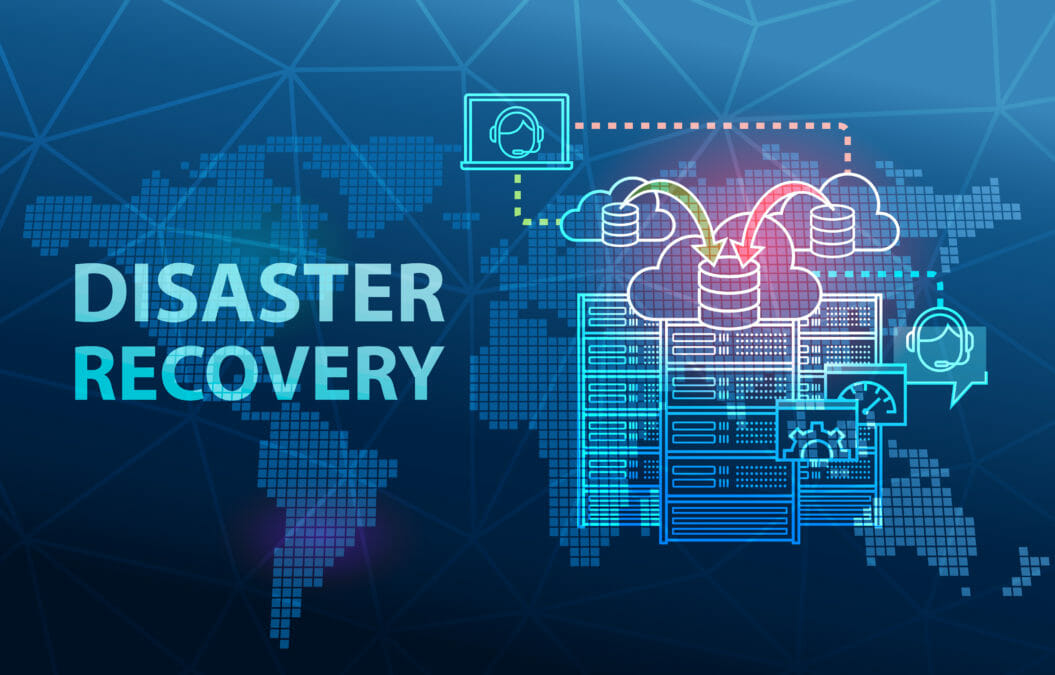Disaster recovery-as-a-service is the industry’s next vital tool.
Recent studies have estimated that in 2019, the average cost estimate for cleaning up a cyber attack stood at $1.1 million. In an era of frequent cyber attacks and subsequent catastrophic data loss, this means that the manual recovery of information is quite impractical. It is also dangerous, as manual recovery is far too reliant on a number of factors that are not guaranteed or fail-safe, such as staff initiative and knowledge.
Even with these risks, legacy backup is still frequently used and many organisations are reliant on manual backups and restorations on both physical and virtual machines. What makes this so problematic is that legacy virtual machine backup solutions require the presence of an independent ‘backup agent’ inside the system for backups to take place. However, even with this backup agent, there is still plenty of room for error – including incorrect data time-recordings and incorrect system set up.
Understanding the difference between DRaaS and Backup
Mitigating disaster with secondary infrastructure
Disaster recovery-as-a-service (DRaaS) provides a new level of protection for complex data infrastructure and systems, using cloud technologies to enable a full recovery of data and systems in the event of human error or natural disaster. It is an effective secondary means of backup should the immediate backup system fail, and is the best mitigator for a disaster due to its efficient administrative capabilities. Arguably, these disasters (and therefore risks) are only set to grow in severity in the future, particularly as our need to become ever more flexible and available on demand via various technologies creates thousands of additional data points.
In some ways, DRaaS platforms offer a previously inaccessible level of secondary expertise for organisations that do not have the in-house expertise to manage data protection and loss issues. A lack of on-site resources and configuration may mean that an organisation does not have an effective and current disaster recovery plan. As unplanned downtime is estimated to cost businesses $5,600 per minute, disaster recovery in its ‘as-a-service’ model will be considered by all modern businesses in the next few years, regardless of sector, size and reliance on wider technologies.
Saving time and money
Advancing on this idea of secondary infrastructure comes a very typical issue encountered via conventional disaster recovery solutions – that is, ‘readiness.’ Unlike DRaaS solutions, legacy backup needs to engage with a human administration team who will decide on the next best steps when addressing a data loss issue. However, even with a dedicated plan of action in place, speed isn’t necessarily of the essence.
With manual backup, there is still a huge reliance on manual human decisions gravitating around a number of choices facing the team. These could include the decision to outsource advanced backup and recovery operations to a specialist, or to engage with an ongoing as-a-service disaster recovery provision. Furthermore, many organisations don’t complete practice run-throughs of their plan, making dealing with a real event far slower.
New disaster recovery-as-a-service solutions are leveraging the increasing flexibility of the cloud, offering solutions at a usage-based cost which is, in turn, improving reliability, offering greater value for money, and a reduced administerial burden on IT teams – particularly when time is of the essence. Most significantly, they offer faster, automated and appropriate disaster recovery assistance using data replication technologies. Unlike manual backup, ongoing DRaaS support works along fixed recovery time and point objectives, ensuring the backup of every data point at every moment in time.
Disaster recovery for business leaders
Integrated solutions
Disaster Recovery as-a-Service is an integrated solution, combining the best of cloud services with standard disaster recovery practises and technologies to eliminate the need for costly professional services or a secondary physical site. As such, DRaaS is emerging as the next big industry offering, since as-a-service solutions are often sold in addition to conventional cloud services as standard.
The combination of data backup, networking and storage services in the cloud, combined with pre-planned disaster strategies, makes automatic backup incredibly easy. In this modern age where ease, accessibility and speed are in high demand by numerous organisations, the autonomous nature of DRaaS has huge appeal as it shifts primary care and administerial responsibility away from an organisation. It’s a win-win restructuring for all stakeholders.
Flexibility minus effort
With a DRaaS solution, organisations need not worry again about their data recovery practises. By leveraging data replication technology and automated recovery, these solutions work continuously to mitigate a disaster on every level – the days of manual error and improper processing are gone.
By leveraging the increasing flexibility of the cloud, DRaaS solutions are helping to democratise access to advanced data recovery platforms. Soon, we’ll see every organisation undertaking relationships with DRaaS vendors, regardless of their business size and complexity.








